In the world of coffee, the caffè latte has been the jumping off point for the modern coffee house’s flavoured, sweet and frothy warm beverages that North Americans drink. In fact, although it can be traced back to European roots, the term itself and the makeup of the latte we know well was created for American tourists to make the rawer, richer, deeper flavours of Italian espresso more palatable.
Italian Traditions
The term caffè latte was created in regions of Italy frequented by American tourists, and according to essayist William Dean Howell, author of Italian Journeys published back in 1867, he could be credited for coining (or at least bringing to the public) the term caffè latte.
When looking at traditional coffee prepared in Italian homes, it is believed the cappuccino is probably the base of the invention for the Americanized caffè latte. In a traditional cappuccino, the milk is warmed and frothed, not steamed and the strong espresso coffee is then added to the hot milk. It was the strong espresso that Americans were averse to, hence the addition of the milk to help take the edge off.
Latte on its own refers to the steamed milk used in a caffè latte. Lattes are steamed and lightly frothed to create the delectable foam found atop our favourite Seattle chain’s lattes which helps to mellow the intense flavour of the espresso many of us have yet to conquer on its own. The ratio of steamed milk to espresso is six ounces of milk and 2 ounces espresso.
The froth is achieved using the steam wand to force hot air through the milk, giving it a creamy yet consistent base. The demand for a more authentic coffee house latte has risen, leading to frothing accessories becoming more readily available as well.
Around the World
A form of caffè latte can be found throughout European countries under many different names and has been enjoyed in homes and cafes since the 17th century. In France, for example, it is known as café au lait but is more commonly known to the French as café crème.
Caffè latte, café au lait and café con leche are domestic terms for drinking coffee and milk as part of breakfast in the home. Public cafés in Europe and the U.S. have no notable mention of the terms until the 20th century.
Throughout Central Europe, the Austrian-Hungarian empire had various terms including Kapuziner which was enjoyed as a combination of coffee, cream, sugar and spices. This is closest to Italian cappuccino which is made more flavourful with a sprinkle of cinnamon. If you travel to cities in Italy such as Vienna, you will not see the expected caffè latte on their menus. Instead, you will have to order cappuccino or espresso.
It wasn’t until the 1980’s that the same trends we see here in North America reached northern Europe and Scandinavia, where the desire to drink café au lait started to catch on again. In the late 90’s they began using the more commercialized term caffè latte.
Over to America
Californians will claim that it was Lino Meiorin, one of the early owners of the famed Caffè Mediterraneum located in Berkeley that standardized the Caffè Latte in the 1950’s. However, there is no denying that it was Seattle, Washington that is probably most likely responsible for the latte craze started back in the 1980’s and that we are still living today. In North America, we can order our “lattes”, but should you be travelling to Europe, and order a simple latte you will be served a cup of steamed milk.
Sweetening the Pot
The introduction of sweet syrups is where many true coffee lovers will argue coffee became nothing more than a dessert or worse, hot soda. With the addition of flavoured syrups from Indian inspired Chai to vanilla, caramel and hazelnut some coffee houses refer to these orders as Macchiatos when in fact the term Macchiato refers to an espresso with a “stain” of milk or foam. Seasonal syrups pop up around popular holidays such as Thanksgiving and Christmas bringing in peppermint, and pumpkin spices taking it even further away from its coffee roots.
The creation of the coffee house latte also includes substitutes for the actual coffee itself using chai tea or matcha. Intolerances to milk also introduced soy-based lattes, and the demand for slimmer versions offers various percentages of fats in the milk, used in “skinny” lattes. Other iterations include rice milk, hemp milk and nut-based milks such as almond and coconut. Latte lovers will state these are still lattes because they have the most important defining ingredient which is some form of froth whereas coffee lovers shudder at the thought of these sickly-sweet concoctions.
Dry versus Wet
There are two main variations of latte compositions: wet, and dry. The dry latte uses more foam and less steamed milk, while the wet is less foam and more steamed milk. There’s even a bone-dry version which is strictly foam and no steamed milk at all, which many would argue is not a latte.
Latte Art
The final addition to date for the American latte is latte “art”. Introduced by Baristas, the artist uses the foam to create an interesting flourish such as a heart or flower. Some just use a stencil to sprinkle cinnamon or cocoa powder, others drizzle a touch more espresso that can be manipulated into an artistic flourish while others use the foam itself. Japan, recently introduced a new craze that has quickly spread around the world: Selfie foam art. The specialized machine can product images on the foam using the coffee extract as paint. The process varies from café to café, it’s so millennial!
If you would like to perfect authentic coffee drinks at home, Faema specializes in coffee machines and accessories to help bring out your inner barista. Contact us here for more information.




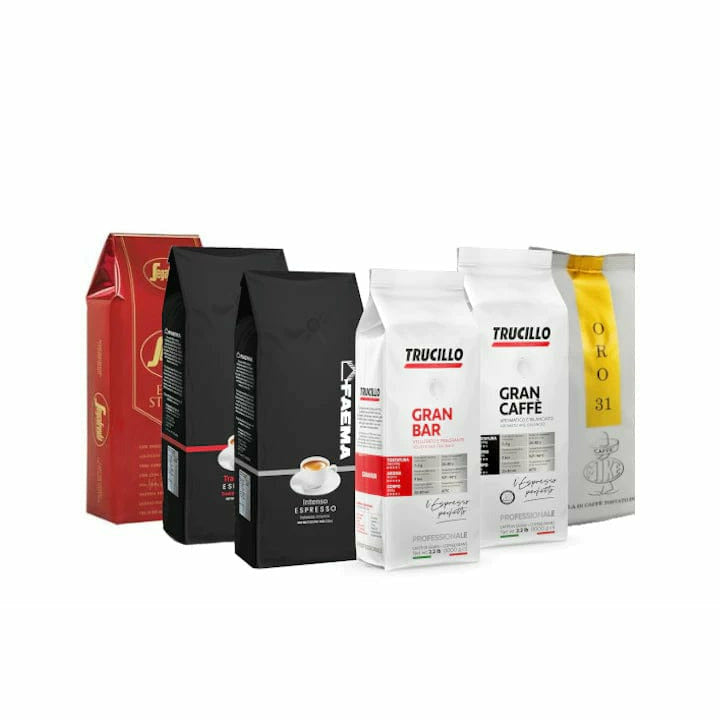
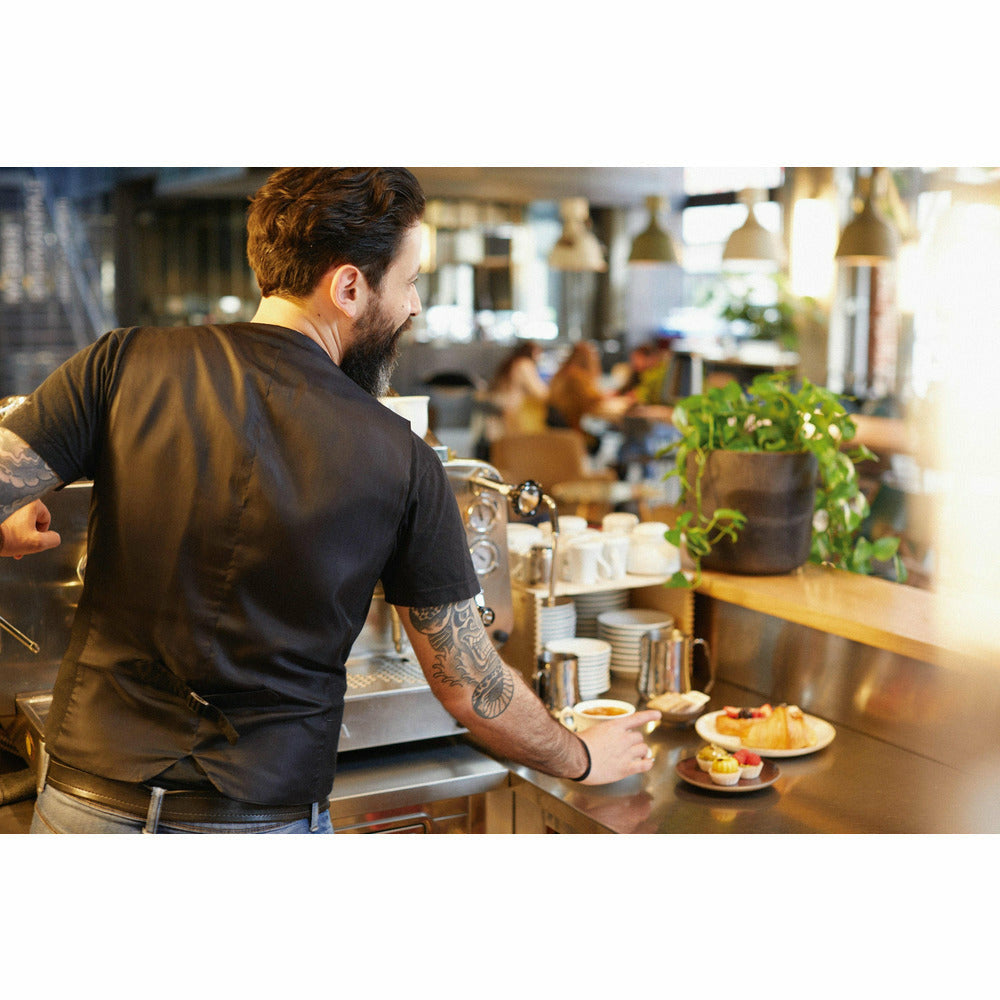
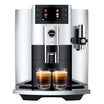
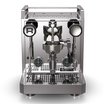
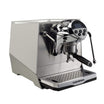
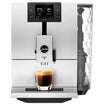
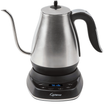
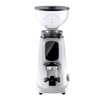
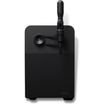
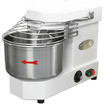

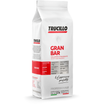
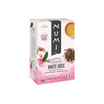
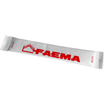
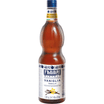
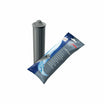
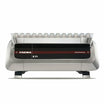
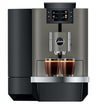
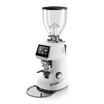

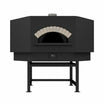
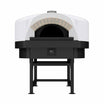

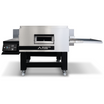
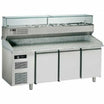

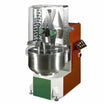
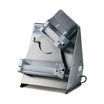
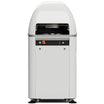
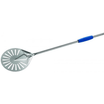

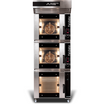

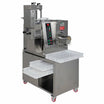
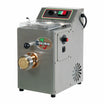
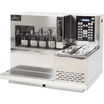
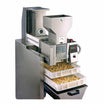
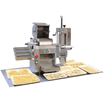
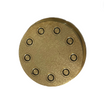
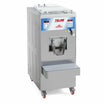
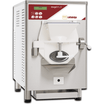
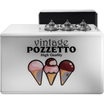
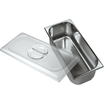

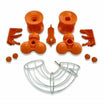
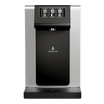
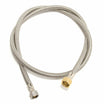
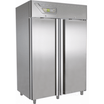

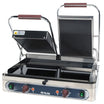
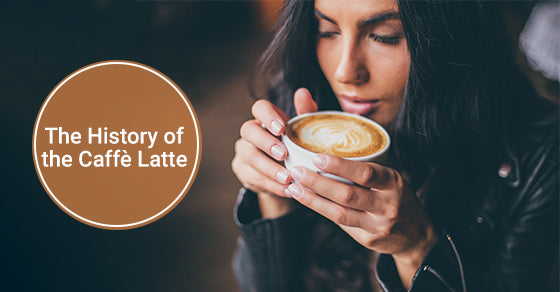
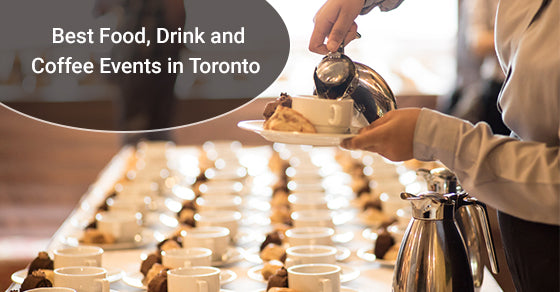
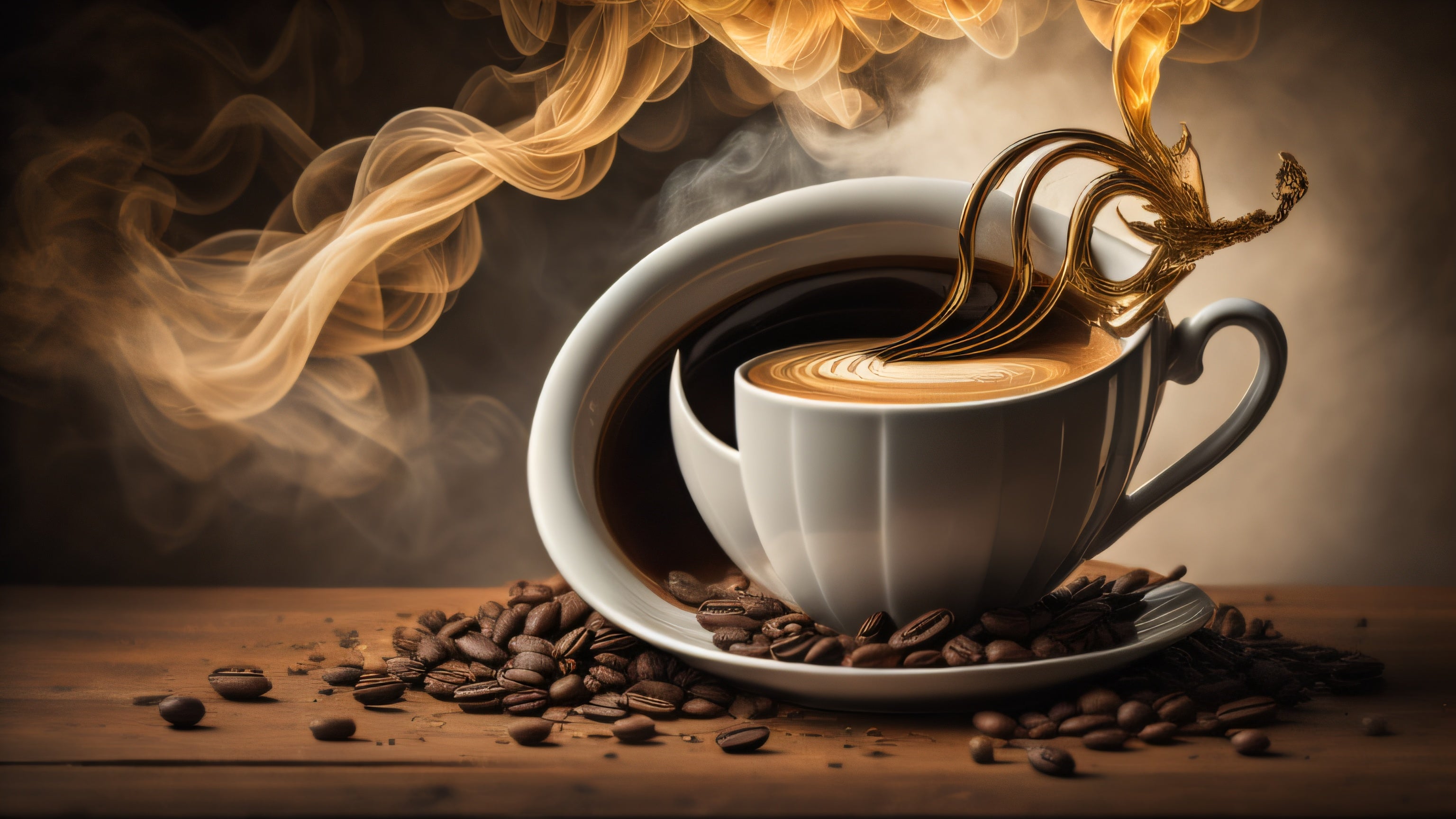
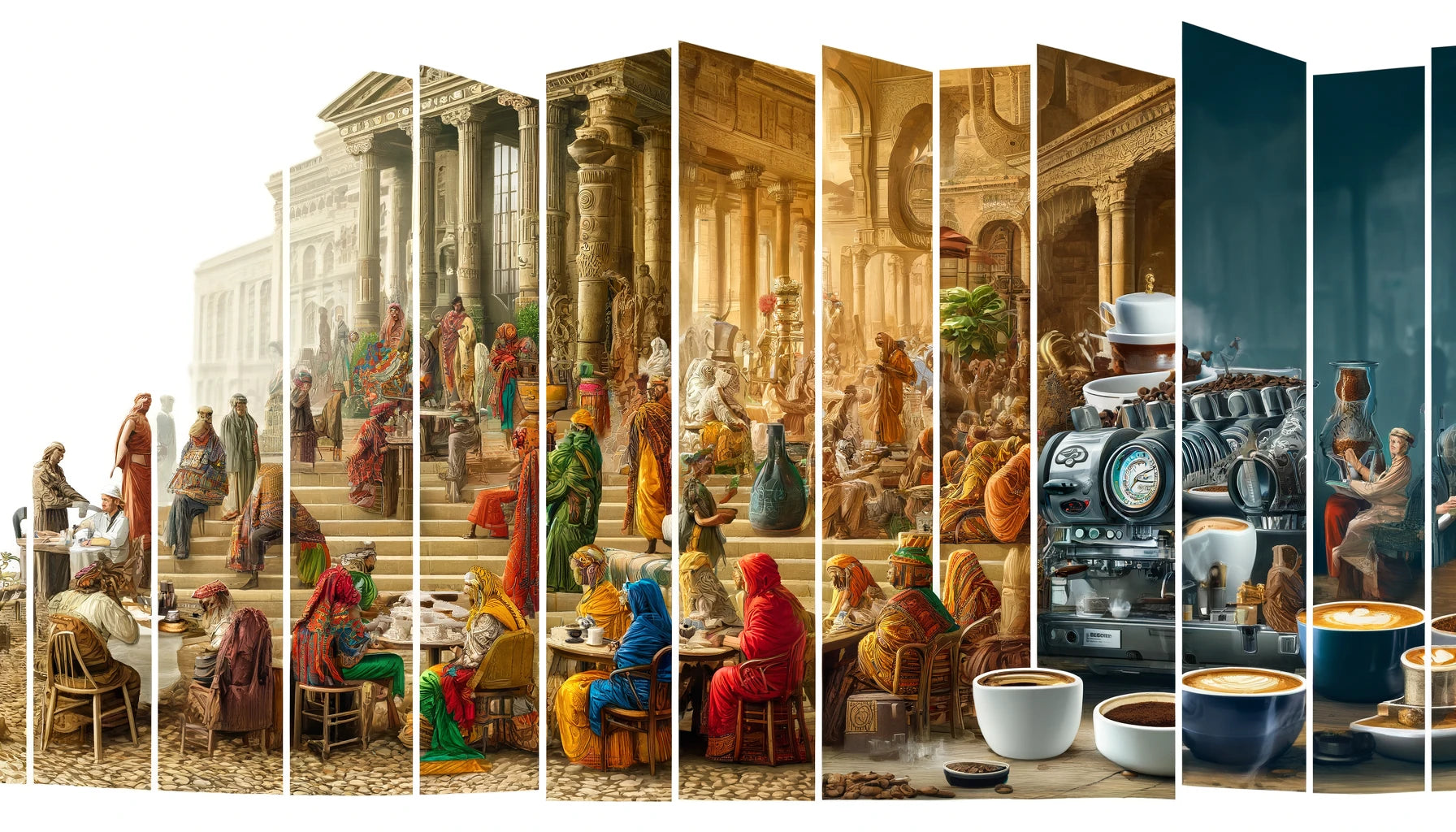

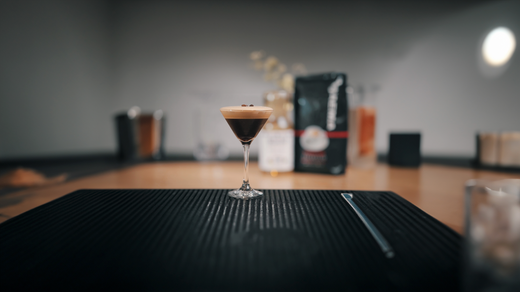
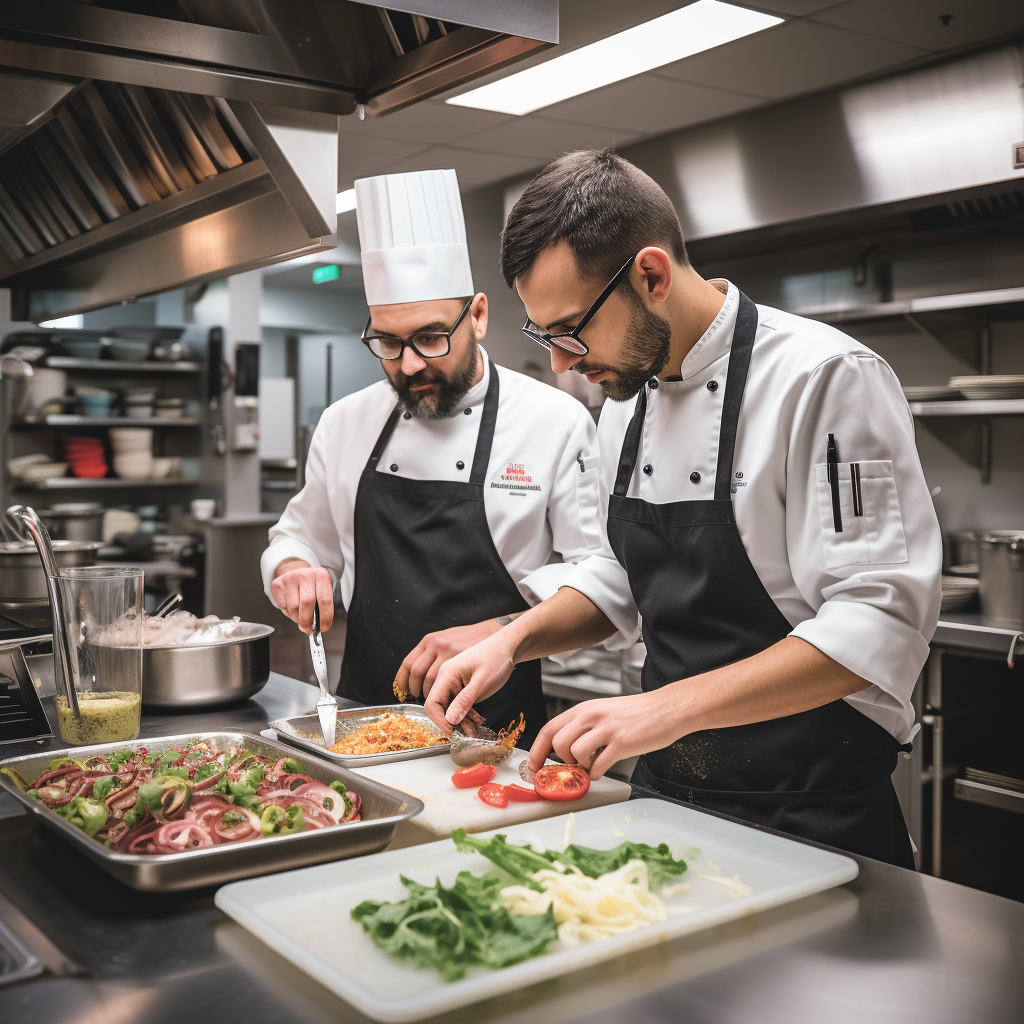
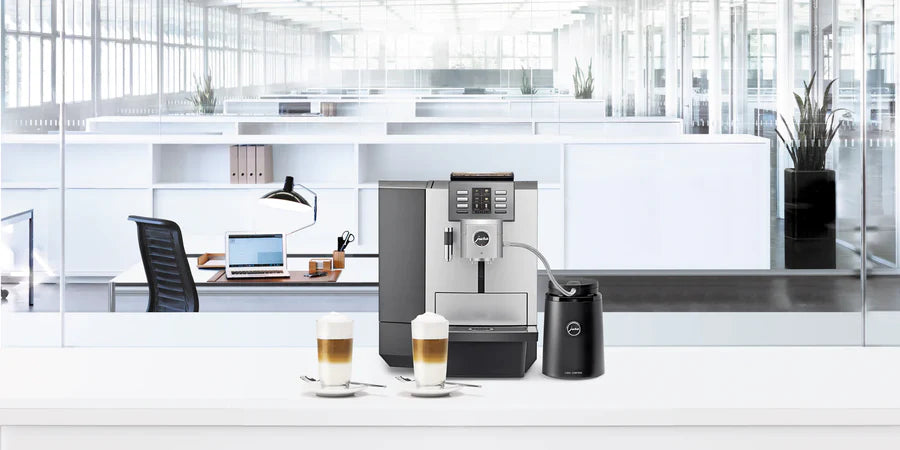
Leave a comment
All comments are moderated before being published.
This site is protected by hCaptcha and the hCaptcha Privacy Policy and Terms of Service apply.